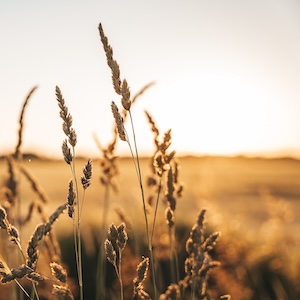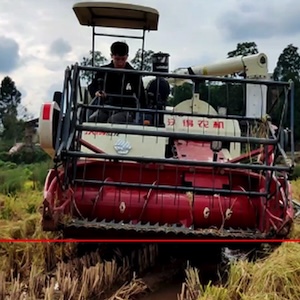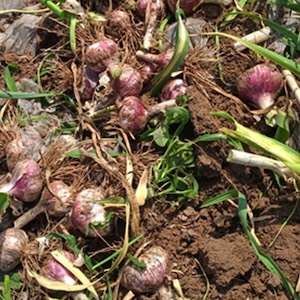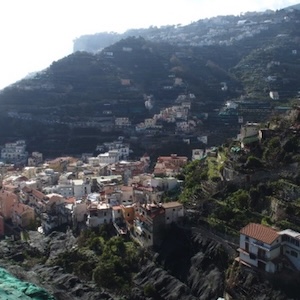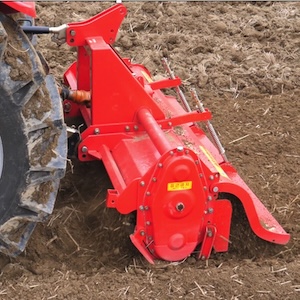Flow resistance of partially flexible vegetation: A full-scale study with natural plants

Published:25 June 2019
Abstract Views: 1139
PDF: 699
HTML: 64
HTML: 64
Publisher's note
All claims expressed in this article are solely those of the authors and do not necessarily represent those of their affiliated organizations, or those of the publisher, the editors and the reviewers. Any product that may be evaluated in this article or claim that may be made by its manufacturer is not guaranteed or endorsed by the publisher.
All claims expressed in this article are solely those of the authors and do not necessarily represent those of their affiliated organizations, or those of the publisher, the editors and the reviewers. Any product that may be evaluated in this article or claim that may be made by its manufacturer is not guaranteed or endorsed by the publisher.
Similar Articles
- Giovanni Francesco Ricci, Faouzi Zahi, Ersilia D'Ambrosio, Anna Maria De Girolamo, Giuseppe Parete, Taha-Hocine Debieche, Francesco Gentile, Evaluating flow regime alterations due to point sources in intermittent rivers: A modelling approach , Journal of Agricultural Engineering: Vol. 53 No. 2 (2022)
- Ziyan Fan, Lijun Li, Zicheng Gao, Fuzzy neural network PID control design of camellia fruit vibration picking manipulator , Journal of Agricultural Engineering: Vol. 54 No. 2 (2023)
- Ameneh Sobhani, Shawkat B.M. Hassan, Giovanna Dragonetti, Raffaella Balestrini, Mauro Centritto, Antonio Coppola, Alessandro Comegna, Comparing actual transpiration fluxes as measured at leaf-scale and calculated by a physically based agro-hydrological model , Journal of Agricultural Engineering: Vol. 54 No. 3 (2023)
- Mario Pirastru, Marcello Niedda, Mirko Castellini, Effects of maquis clearing on the properties of the soil and on the near-surface hydrological processes in a semi-arid Mediterranean environment , Journal of Agricultural Engineering: Vol. 45 No. 4 (2014)
- Francesco Giuseppe Carollo, Vito Ferro, Vincenzo Pampalone, Sequent depth ratio of B-jumps on smooth and rough beds , Journal of Agricultural Engineering: Vol. 44 No. 2 (2013)
- Maria Elena Menconi, David Grohmann, Statistical assessment of vegetation dynamics within protected areas using remote sensing data , Journal of Agricultural Engineering: Vol. 44 No. 1 (2013)
- Ciro Apollonio, Andrea Petroselli, Paolo Cornelini, Vito Manzari, Federico Preti, Salvatore Grimaldi, Riparian vegetation as a marker for bankfull and management discharge evaluation: The case study of Rio Torbido river basin (central Italy) , Journal of Agricultural Engineering: Vol. 52 No. 2 (2021)
- Vincenzo Bagarello, Andrea De Santis, Giuseppe Giordano, Massimo Iovino, Source shape and data analysis procedure effects on hydraulic conductivity of a sandy-loam soil determined by ponding infiltration runs , Journal of Agricultural Engineering: Vol. 48 No. 2 (2017)
- Francesco Bettella, Tamara Michelini, Vincenzo D'Agostino, Gian Battista Bischetti, The ability of tree stems to intercept debris flows in forested fan areas: A laboratory modelling study , Journal of Agricultural Engineering: Vol. 49 No. 1 (2018)
- Mohammad Bijankhan, Ali Teymourkhani, Vito Ferro, Portable central baffle flume , Journal of Agricultural Engineering: Vol. 53 No. 2 (2022)
You may also start an advanced similarity search for this article.

 https://doi.org/10.4081/jae.2019.885
https://doi.org/10.4081/jae.2019.885 



